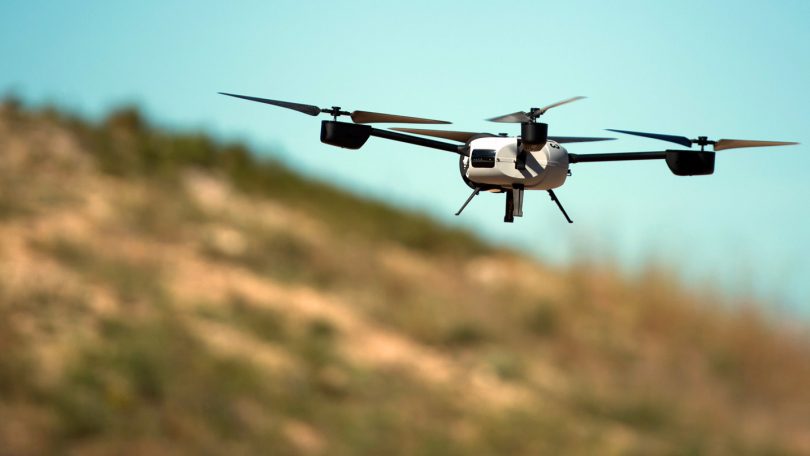aNewDomain — Back when drone technology was little more than an embryonic technology — 2013 or thereabouts — the Federal Aviation Administration (FAA) did something more people should have noticed at the time.
It released a five-year Unmanned Aircraft (UA) roadmap.
The plan focuses on big picture issues like how to phase-in the safe integration of Unmanned Aircraft (UA) or drone technology into the nation’s airspace — and lots of smaller, detail issues.
What does any of this mean to us now, fully three years later? Is it hopelessly antiquated already? What did it miss? What should it have drilled down on?
I wanted to know, so I took a closer look.
Tired or wired? Drones are both
Before 2013, there were precious few real life ideas on how to use drone technology. All the good ones merely repeated tired messaging around the future of military operations, emergency rescue, national security, and so on.
These days, everywhere you look around drone technology you’ll find a cool new killer app.
Consider industries who’ve taken real steps to integrate unmanned aircraft systems and drones as a primary and necessary element in aerial photography and videography. That’s obvious, right? But what about drone applications that use the increased visual and spatial possibilities of drone photography? Until recently, no one had ever thrown around such ideas. Now, it’s practically mainstream.
Enter: Drone racing. Thanks to an ESPN agreement with the up and coming Drone Racing league, we now have this to consider:
Humanitarian uses for drones and other UAs, rarely imagined even a year ago, has become a hot topic in some circles.
Take the United Nations World Food Programme. It recently teamed up with Belgium, the nation, to build out UA/drone applications in disaster response.
The initiative looks at the possibility of improving data gathering and monitoring during emergencies.
Even a market segment one usually associates with yesteryear — that’s agriculture — is eyeing all the possibilities here.
The idea, it seems, is that UAs would take aerial photos of the land before planting, images that could be used to create multidimensional soil analysis maps. It’s easy to imagine, just starting from there, a future use of on-board drone-based thermal photography for quick dry land scanning.
Another somewhat unexpected agricultural application for drones might be in drone-based assessments of crop health and density.
The big mama? Retail and cargo, of course …
The retail and cargo transport industry is also exploring the use of drone technology to broaden their range of services to their customers.
Several years ago Amazon started testing octocopter drones to facilitate delivery of orders in less than an hour after a customer purchased an item. Equipped with a bucket, the original Amazon octocopter was designed to carry up to five pounds of weight.
After several years of technology testing, the program finally took-off. Dubbed Amazon Prime Air, the program recently made its first delivery in December in just a little under 15 minutes.
Even if you just don’t think much of drones., that’s impressive.
Not too long ago, it came out that UPS is planning to tap drone tech as a way to deliver parcels in remote locations — and potentially to cut other delivery costs, too.
At this point, no one raises an eyebrow at such an idea. In fact, UPS’ plan to deploy a rolling warehouse and a docking station for drones and UAs doesn’t seem so innovative as it is just, well, expected.
Considering that few people had ever heard of drone tech just a few years ago, that’s a rapid market adoption curve we’re looking at.
Once the big, remaining regulatory hurdles for commercial and public drone operations have been addressed — and they will be — the drone revolution will ultimately take over. Soon, like so much else, they’ll just be commodities — and for sure, a ubiquitous part of daily living.
That’s not a prediction. That’s a promise.
For aNewDomain, I’m Brian Matthew.












